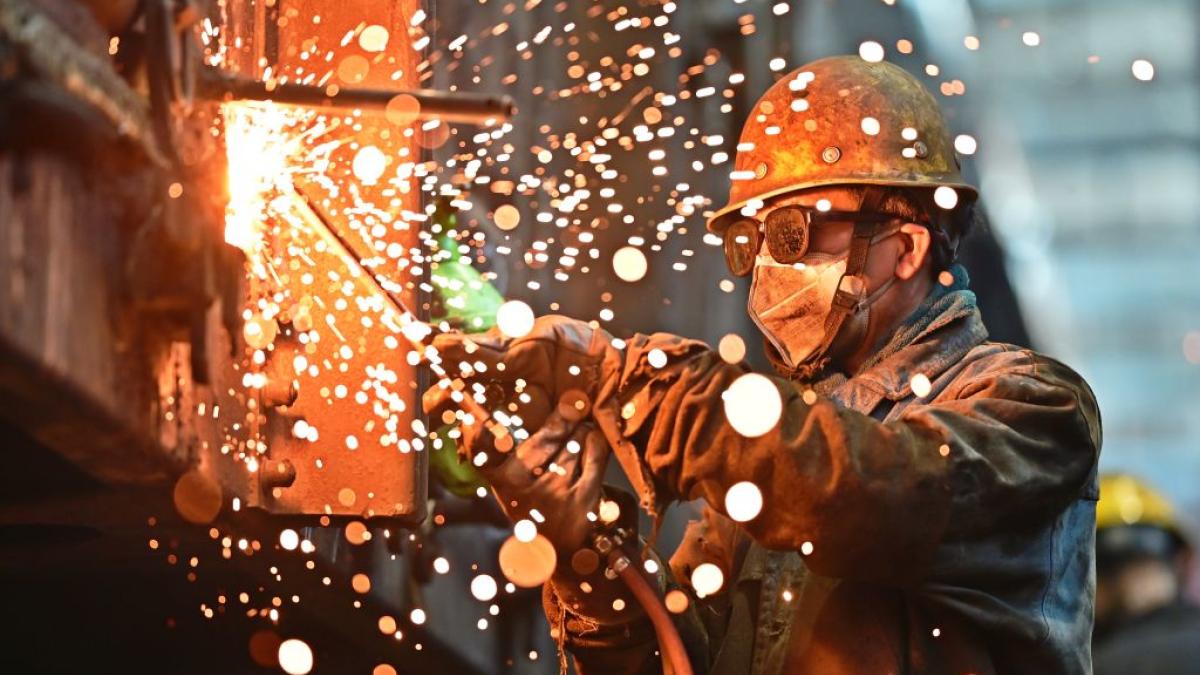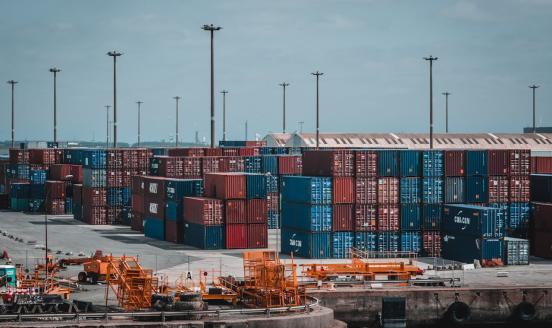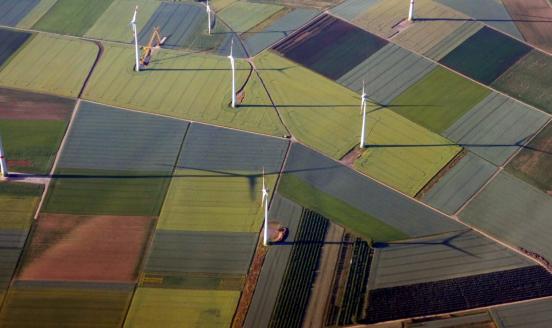The manufacturing jobs boom that isn’t
The US Inflation Reduction Act shows that massive subsidies are not leading to massive manufacturing job creation.

August 2023 marks the first anniversary of the United States Inflation Reduction Act (IRA). Together with the CHIPS and Science Act, it is the flagship of President Joe Biden’s industrial policy push. Proponents say it is a tool to fight climate change, create ‘good’ manufacturing jobs (thus reducing inequality and political polarisation) and keep China in check. But the size of the subsidies involved has generated anxiety among trading partners about investment and jobs moving to the US.
A year on, some results are encouraging. Major new investments in clean-energy production and clean-tech manufacturing have been announced, many in states dominated by the often climate-sceptic Republican party. However, the number of new jobs announced so far must disappoint those in America and Europe who were hoping to rejuvenate the middle class through industrial policies.
The Biden Administration says the IRA has created 170,000 jobs, while analysis by the Financial Times found 100,000 new jobs in CHIPS and IRA-related project announcements. These numbers should be treated with caution. Some announced projects might have been pursued even without government support, while others might have been smaller but would still have created some jobs. Some new jobs might represent retrained workers that do not add ‘net’ employment in the manufacturing sector. And most of these jobs do not exist yet but are expected to arrive in the coming years as projects are developed.
Even if the 170,000 jobs cited by the Biden Administration are taken at face value, this is not even close to creating anything like the transformation of US manufacturing that was advertised. The IRA new jobs are dwarfed by the business cycle: in the last year, the US economy has added on average 312,000 jobs a month. The latest numbers from July 2023 were among the weakest, but still showed a gain of 187,000 non-farm jobs.
A year’s worth of IRA job announcements, most of which will take years to realise, thus does not even account for a month’s worth of net employment gains in the last year. The 170,000 IRA jobs account for only 0.1% of the total US labour force of 167 million – far from transformational.
This is also true when looking at manufacturing more narrowly. Many if not most of the new jobs will be in green-energy deployment, construction and related services. But even assuming generously that all 170,000 jobs will be net new industrial jobs, the relatively small US manufacturing work force would grow by only 1.3%. More projects will be announced but the speed of new announcements is already slowing. The White House has cited some modelling that claims the IRA will generate 1.5 million new jobs economy-wide by 2030, but even this foresees a net gain of only 150,000 manufacturing jobs, which is unimpressive given the timeframe.
That the clean-tech and semiconductor subsidies do not deliver manufacturing jobs at scale should not be a surprise. Chip and battery production are especially capital-intensive but require relatively few, highly-specialised workers. Furthermore, the lousy return in terms of employment is not unique to the US. An Intel factory in Germany is set to receive €10 billion in subsidies for only 3000 manufacturing jobs. A VW battery factory in Canada will get about €9 billion in subsidies for an expected 3000 jobs. In both cases, the subsidy per new manufacturing job is about €3 million.
There are good reasons beyond job creation to want to attract investment in clean-tech and semiconductor manufacturing. China’s dominance of solar and battery supply chains is a clear worry, and the geopolitical importance of semiconductors warrants public investment in the sector. Furthermore, in a political environment in which carbon pricing is perceived as infeasible, subsidies might be the only viable option to fight climate change. Subsidies could also help prepare the ground for more effective policies by creating a favourable political economy, sowing ‘green’ economic interests in important constituencies. However, policymakers set themselves up for failure when they claim these industrial subsidies will create a manufacturing job boom. Nor is it serious to claim that not offering generous handouts would lead to disastrous deindustrialisation and job losses.
This doesn’t mean the IRA has failed, nor that green policies cannot create green jobs. The IRA was the largest climate package in US history and has already attracted major manufacturing investment. Beyond manufacturing subsidies, it includes significant incentives to decarbonise the electricity grid and road transport. These will help put the US on a path towards a greener economy.
It does show, however, that policymakers must become more realistic about what they want to achieve with manufacturing subsidies. The IRA is a product of an environment in which climate policy is controversial and subsidies might have been the only viable option. But elsewhere, more efficient instruments to fight climate change while ensuring social fairness are available. Governments that contemplate mimicking US policies should be aware of their opportunity costs



